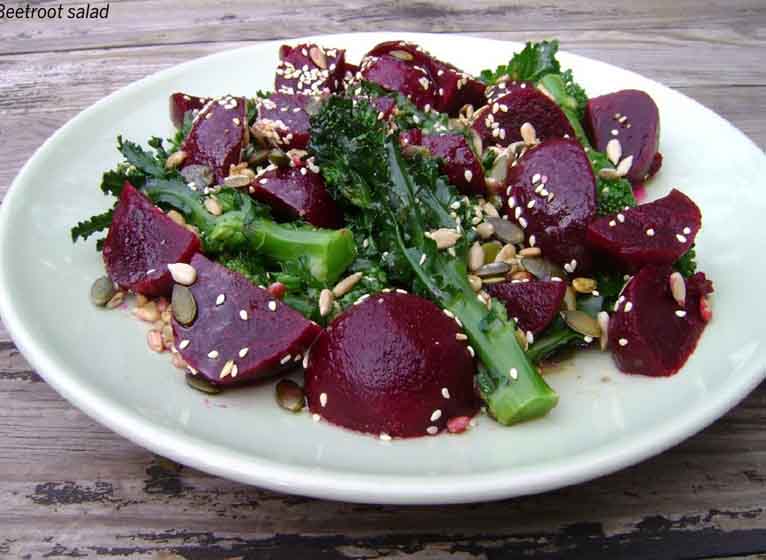Introduction: Lesotho cuisine
Lesotho is a small landlocked country in Southern Africa that is known for its beautiful mountainous landscapes and vibrant culture. The country’s cuisine is heavily influenced by the indigenous Basotho people, who have lived in the region for centuries. Lesotho’s cuisine is characterized by its use of simple ingredients and traditional cooking methods. Grains, such as maize and sorghum, are staples in the diet, as are vegetables, beans, and meats, like beef, goat, and chicken.
Understanding fusion cuisine
Fusion cuisine refers to a type of cooking that combines elements of different culinary traditions. This can involve blending flavors, ingredients, and cooking techniques from different cultures to create unique and interesting dishes. Fusion cuisine has become increasingly popular in recent years, as chefs and home cooks alike seek to experiment with new flavors and ingredients.
Lesotho’s cultural influences
Lesotho’s cuisine has been influenced by a variety of cultural and historical factors. The country’s indigenous Basotho people have a rich culinary tradition that has been passed down through generations. The arrival of European settlers in the region also had an impact on Lesotho’s cuisine, particularly in terms of the introduction of new ingredients and cooking techniques.
Examining Lesotho’s traditional dishes
Lesotho’s traditional dishes are simple yet flavorful. One of the most popular dishes is pap, a porridge made from maize meal that is typically eaten with a spicy vegetable or meat stew. Another staple in Lesotho’s cuisine is moroho, a leafy green vegetable that is often cooked with onions, tomatoes, and spices. Other traditional dishes include sesotho, a meat and bean stew, and leqele, a dish made from mashed beans.
Possible fusion dishes in Lesotho cuisine
While Lesotho’s cuisine is rooted in tradition, there is certainly potential for fusion dishes to emerge. One possibility is to blend flavors and ingredients from neighboring South Africa, which has a vibrant culinary scene that draws on a range of cultural influences. Another option is to experiment with international ingredients and cooking techniques, such as incorporating Indian spices or Japanese sushi rice into traditional Basotho dishes.
Conclusion: Fusion potential in Lesotho cuisine
Lesotho’s cuisine is rich in tradition and history, but there is also potential for fusion dishes to emerge. By blending elements of different culinary traditions, Lesotho’s chefs and home cooks can create unique and interesting dishes that showcase the country’s culinary diversity. Whether drawing on neighboring South Africa or international cuisines, there are many possibilities for fusion cuisine in Lesotho.

